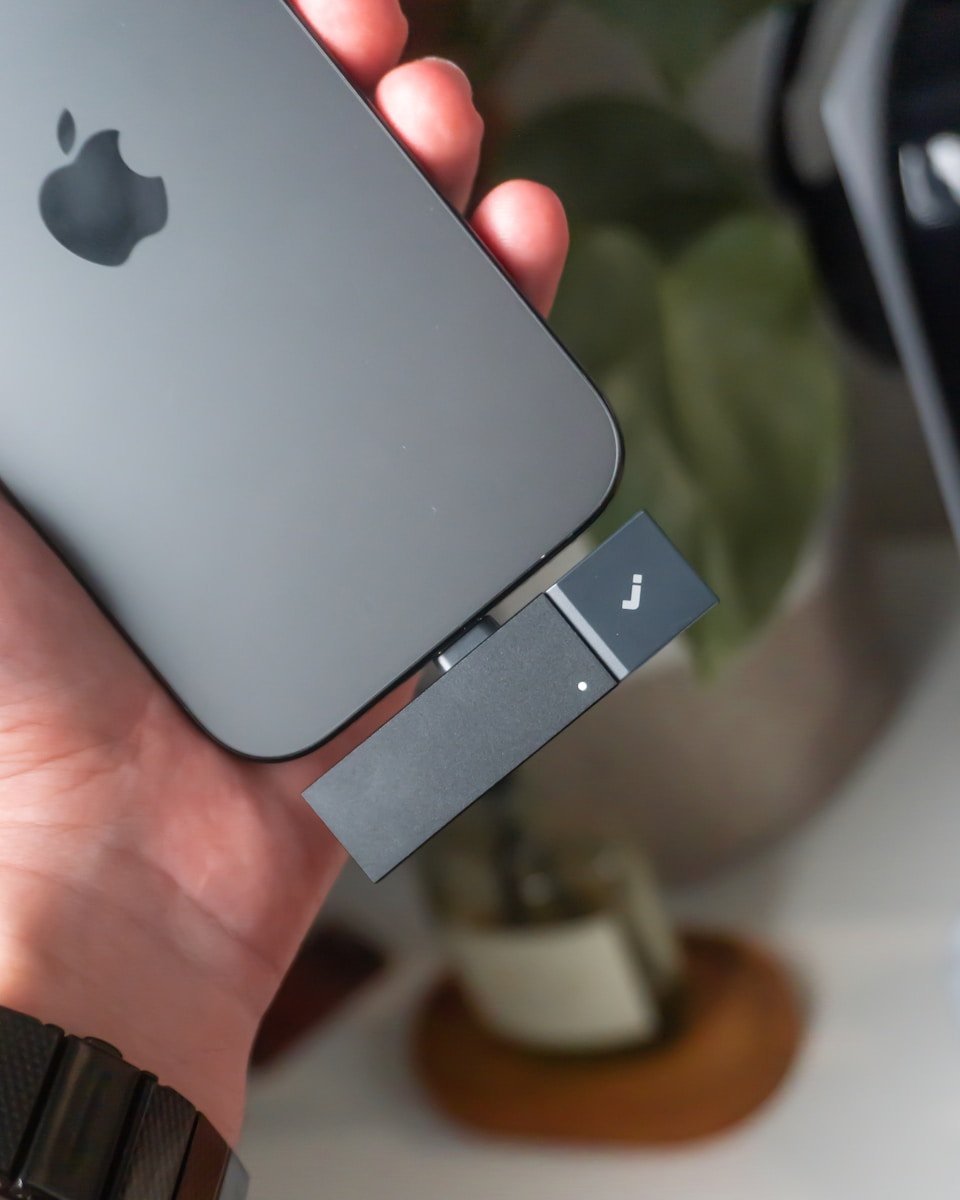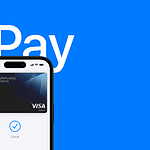The iPhone’s switch to USB-C opens up new possibilities for external storage, making it easier than ever to expand your device’s capacity. USB-C external drives now connect directly to iPhone 15 models without adapters, offering faster data transfer speeds and improved compatibility with a wide range of storage devices.
Apple’s adoption of USB-C for the iPhone 15 lineup marks a significant shift in how users can manage their storage needs. External drives provide a practical solution for those who need extra space for photos, videos, and documents beyond their iPhone’s built-in storage.
Modern USB-C storage options range from compact flash drives to high-capacity portable SSDs. The direct connection eliminates the need for special adapters that were required with the old Lightning port, simplifying the process of backing up and transferring files.
External USB-C Storage for Your iPhone: A Complete Guide
With modern iPhones (especially models from iPhone 15 onward) featuring USB-C ports, connecting external USB-C storage devices has become easier and more practical. Whether you need extra space for photos, videos, or documents, external USB-C drives can help you expand your iPhone’s storage without relying solely on cloud services.
Why Use External USB-C Storage with Your iPhone?
- Expand Storage: Offload large files without deleting anything from your iPhone.
- Backup and Transfer: Quickly back up photos, videos, and documents or transfer files between devices.
- Work on the Go: Access and edit files directly from the external drive using the Files app.
- Save Cellular Data: Avoid uploading/downloading large files over cellular by working locally.
What You Need to Connect External USB-C Storage
- iPhone with USB-C Port:
iPhone 15 and later models come with native USB-C ports, making direct connection straightforward. - Compatible USB-C External Storage Device:
This can be a USB-C flash drive, portable SSD, or even a USB-C hard drive. Popular options include:- Samsung T7 Portable SSD
- SanDisk Extreme Portable SSD
- Corsair Flash Voyager USB-C Flash Drive
- Proper Cables and Adapters (if needed):
For older iPhones with Lightning ports, a Lightning to USB 3 Camera Adapter plus a powered USB hub is required, but with USB-C iPhones, a direct USB-C to USB-C cable usually suffices.
How to Use External USB-C Storage with Your iPhone
Step 1: Connect the Drive
Plug your USB-C storage device directly into the iPhone’s USB-C port.
Step 2: Open the Files App
Launch the Files app on your iPhone. The external drive should appear under Locations.
Step 3: Access and Manage Files
You can browse, open, copy, move, delete, and organize files and folders directly on the external storage.
Step 4: Transfer Files
- To copy files from iPhone to the drive, select files in Photos or Files, tap Share, and choose Save to Files > your external drive.
- To copy files from the drive to your iPhone, drag or move files within the Files app.
Tips for Best Performance
- Use SSDs for Speed: Portable SSDs offer much faster read/write speeds than traditional hard drives.
- Check Power Requirements: Some external drives need more power than the iPhone can supply; in such cases, use a powered USB hub.
- Format Compatibility: iPhones support drives formatted as APFS, exFAT, FAT32, and HFS+. If your drive isn’t recognized, reformat it on a computer.
- Keep iOS Updated: Make sure your iPhone runs the latest iOS version for best external device support.
Popular External USB-C Storage Devices for iPhone
| Device | Type | Capacity Options | Notes |
|---|---|---|---|
| Samsung T7 Portable SSD | SSD | 500GB, 1TB, 2TB | Fast, compact, USB-C native |
| SanDisk Extreme Portable SSD | SSD | 500GB, 1TB, 2TB | Rugged design, high speed |
| Corsair Flash Voyager USB-C | Flash Drive | 128GB, 256GB, 512GB | Affordable, plug-and-play |
| WD My Passport SSD | SSD | 500GB, 1TB, 2TB | Reliable, USB-C compatible |
Troubleshooting
- Drive Not Showing Up: Try reconnecting, use a different cable, or check if the drive is formatted correctly.
- Power Issues: Use a powered USB hub if the drive doesn’t power on.
- File Access Errors: Ensure your iOS is updated and the drive is formatted in a compatible file system.
Summary
Using external USB-C storage with your iPhone is now easier than ever, especially with USB-C iPhones. It’s a practical way to expand storage, transfer files, and manage data on the go. Just pick a compatible drive, connect it, and use the Files app to access your content seamlessly.
For more info, see:
- Apple Support: Connect external storage devices to iPhone
- Tom’s Guide: How to use an external storage device with iPhone
- SanDisk: USB Type-C Drive Not Detected on iOS
Key Takeaways
- USB-C external drives connect directly to iPhone 15 models for instant storage expansion
- External storage devices offer faster data transfer speeds compared to Lightning accessories
- Users can choose from various storage options including flash drives and portable SSDs
Understanding USB-C Storage for iPhone
USB-C storage has transformed how iPhone users manage and access external storage devices. The switch from Lightning to USB-C ports on newer iPhones enables faster data transfer speeds and broader compatibility with external drives.
Compatibility and Connection
The iPhone 15 series marks Apple’s transition to USB-C ports, replacing the previous Lightning connector. This change enables direct connection to USB-C storage devices without special adapters.
External drives must be formatted in a compatible file system. USB-C hard drives often need external power when used with iPhones.
A powered USB hub can supply the necessary power for external drives. Some portable SSDs work without additional power due to their lower power requirements.
Storage Formats and File Systems
iPhones support several file systems for external storage:
- APFS: Native Apple file system
- exFAT: Best for large files
- FAT32: Most compatible but limited to 4GB files
- FAT: Basic compatibility for older devices
File system choice affects transfer speeds and file size limits. APFS offers the best performance with Apple devices but may not work with other platforms.
External drives need proper formatting before use. Users can format drives using macOS or Windows computers before connecting to their iPhone.
The Files app manages external storage access on iPhone. Users can browse, copy, and move files between internal and external storage through this interface.
Frequently Asked Questions
External USB-C storage solutions expand iPhone capabilities with flexible storage options, fast data transfer speeds, and convenient backup methods.
What are the best options for external USB-C storage compatible with iPhone models?
Portable SSDs like the Samsung T7 and SanDisk Extreme offer reliable performance with iPhone models. These devices provide fast transfer speeds and compact form factors.
USB-C flash drives from reputable brands like Kingston and Western Digital work well for basic storage needs. They cost less than SSDs but offer slower speeds.
How can I connect external storage to my iPhone?
iPhone 15 models connect directly to USB-C storage devices without adapters. Plug the storage device into the iPhone’s USB-C port.
Older iPhones with Lightning ports need Apple’s Lightning to USB adapter for external storage connectivity.
Is it possible to add more storage to an iPhone using a USB-C device?
USB-C storage devices expand available space for photos, videos, and files. Users can move content to external storage to free up iPhone memory.
The Files app manages external storage content. Users can’t install apps on external devices or use them as internal storage.
What steps are needed to access a USB-C flash drive on an iPhone?
Connect the USB-C drive to the iPhone. Open the Files app and locate the drive under Browse.
Access files by tapping the drive name. Copy, move, or view files directly from the storage device.
Are there any 1TB external storage solutions available for the iPhone?
Many manufacturers offer 1TB portable SSDs compatible with iPhone USB-C ports. Popular options include the Crucial X8 and LaCie Mobile Drive.
USB-C flash drives also come in 1TB sizes but cost more than smaller capacities.
What should I consider when choosing external storage for backing up iPhone photos?
Storage capacity should match photo library size. A 512GB or 1TB drive provides room for growth.
Transfer speed affects backup time. SSDs offer faster transfers than flash drives. Weather resistance helps protect outdoor photo shoots.







